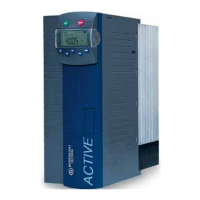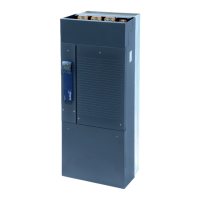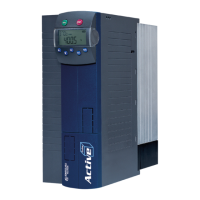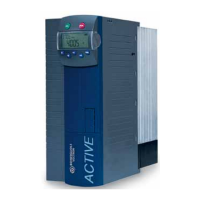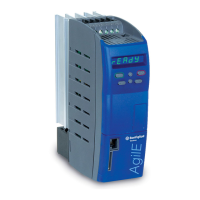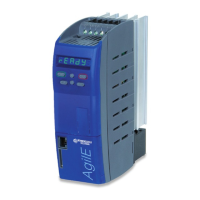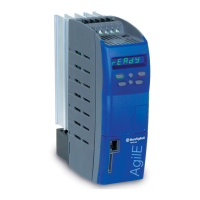06/0522
The maximum speed can be scaled via two parameters.
• Parameter I limit 818
Current with which the load detection calculates the permitted maximum speed.
• Parameter
Pull-out torque at Fmax 816
The pull-out torque relative to the rated torque of the asynchronous machine ad-
missible at the maximum frequency.
After this, the permitted maximum speed is modified as a function of the position of
the luffing jib.
The parameters
Mech. time constant 811, Turns/m 812, Fm lower value LE 813,
Max time LE 815, Pull-out torque at Fmax 816, Speed switch-off limit 817 and
limit 818 are parameterized in a way comparable with the described settings for the
load detection for the lifting crane.
In a crane with a luffing jib, the torque acting on the motor changes with the angle of
the luffing jib. In order not to overload the motor in the field weakening area, the
maximum permitted speed of the motor must therefore be adapted as a function of
the angle of the luffing jib.
These settings for the luffing jib are to be done via the parameters described below:
Desired Isq up 819, Desired Isq down at FsR 820 and Desired Isq down at Fmax
821.
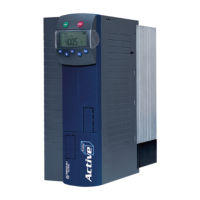
